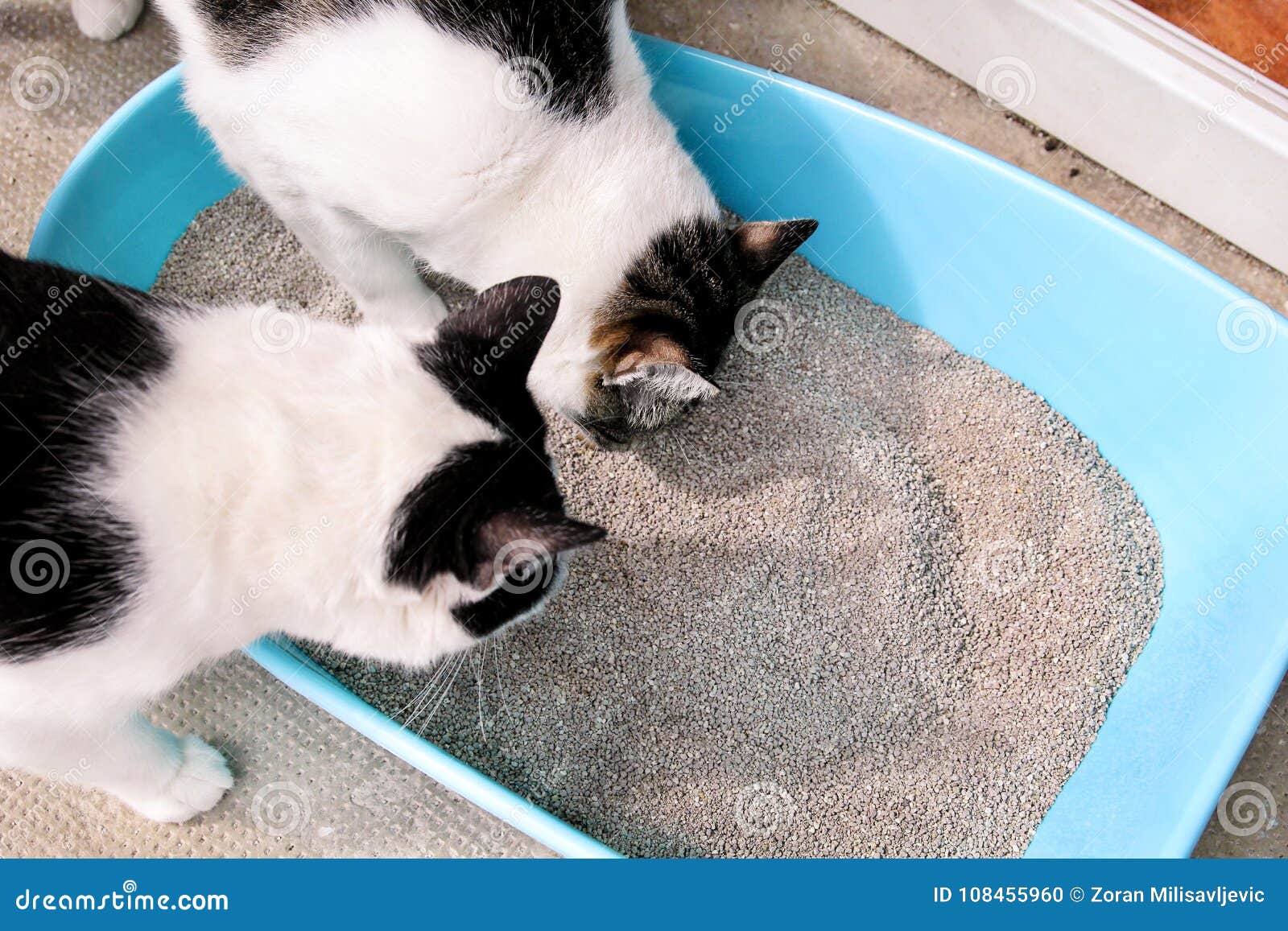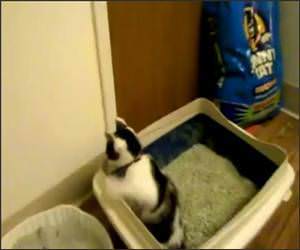

Increasing water intake (feeding canned cat food only, for example).Medications and nutritional supplements that relieve pain, inflammation and anxiety.Is My Cat at Risk? FIC is more common in cats with an indoor-only lifestyle. Stress seems to play a big role in the development of FIC. It results in bladder inflammation, but possible causes haven’t been identified. Feline Idiopathic Cystitisįeline idiopathic cystitis (also called FIC, idiopathic feline lower urinary tract disease, or FLUTD) is very common in cats.

Your veterinarian will also try to determine what caused the urinary blockage in the first place, and may recommend treatment options to resolve that issue as well.

If necessary, go to an emergency vet because, without treatment, your cat’s bladder may rupture. Treatment: Get to a veterinarian immediately if your cat is trying to pee but can’t get much out. Is My Cat at Risk? Neutered male cats have very narrow urethras, which explains why they are more likely to become blocked than female cats or unneutered males. Tumors or involuntary muscular contractions called urethral spasms can also block urine flow from the bladder. Also called urinary obstructions, these blockages are usually caused by a mixture of protein, crystals or small stones that become lodged within the urethra (the tube leading from the urinary bladder to the outside of the body). Here are the most common urinary issues a veterinarian will look for when a cat is having trouble urinating: Urinary Blockagesįirst, let’s deal with the worst-case scenario: urinary blockages.


 0 kommentar(er)
0 kommentar(er)
